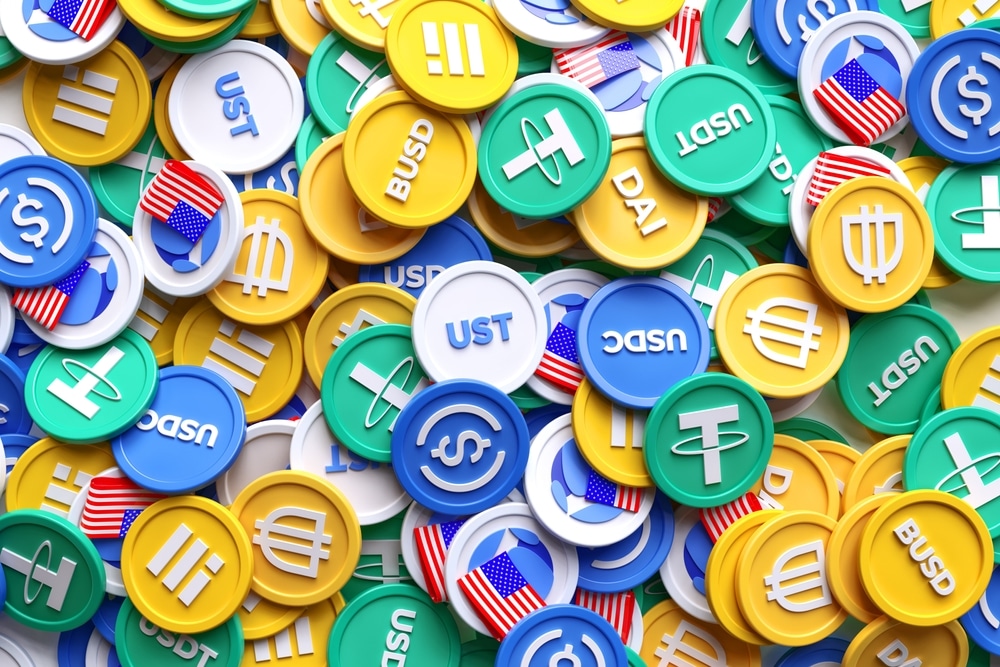
A Comprehensive Guide to Understand Fully Backed Reserves and Their Importance
A majority of crypto investors are calling for crypto firms to present evidence for their fully backed reserves and those behind products like stablecoins to verify they have adequate finances to pay their clients.
Regular banks do not hold all their client’s funds. Instead, they lend out most of their deposits to generate returns from financial markets.
Origin of Fully Backed Reserves
The strategy is effective for the most part since banks insure deposits with the federal government. Besides, the bank vastly diversifies its risk exposure, ensuring it will not be caught short in case of a financial crash.
The system sometimes fails in traditional finance and fails more frequently in crypto. The government does not insure deposits to crypto platforms, and the platforms mostly do not control risks well, resulting in catastrophic high-risk bets.
Following several platforms squandering client funds, crypto traders are cautious about depositing funds to lending institutions and crypto exchanges that ‘rehypothecate’ uninsured deposits. This means they repurpose client funds and lend them out in the market.
A safer bet seems like trading on platforms that ‘wholly back’ their reserves. It is critical to consider what this actually means and whether such claims should not be entirely believed.
What is Fully Backed Reserves
In case a financial product, for instance, a depository institution or stablecoin, asserts to ‘fully back’ its reserves, it indicates that it has stored adequate funds behind a product, for instance, a stablecoin, to back its worth. Hence, a crypto exchange that ‘fully backs’ its reserves must always be in a position to pay out client withdrawals regardless of the market state.
A stablecoin that ‘fully backs’ its reserves always fulfills conversions to the original asset regardless of the circumstances. For instance, wrapped bitcoin (wBTC) holds real bitcoin in a cold wallet and later issues a similar amount of Ethereum-founded form of the coin trading as an ERC-20 token.
Nevertheless, fully backed reserves does not essentially mean assets are held one-to-one. That assertion entails an idea that, for instance, if one gave someone a dollar, they would hold that dollar as a dollar and will not convert it into something else.
Several stablecoins that affirm the fully backed, for instance, the USDC, lack one-to-one backing. This is because the firms that issue USDC hold the deposits of authentic United States dollars in ‘cash and cash equivalents.’
Cash equivalents are United States Treasury bonds, which refer to debts offered by the United States Treasury Department. Over time, the bonds pay small returns to holders and are close enough to the worth of United States dollars accepted by the market as being worth the same.
Tether Reserves Backing USDT Stablecoins
However, ‘fully backed’ does not always translate to the ability to withstand stocks. USDT also notes that despite its reserve being fully backed, ‘other assets and receivables from loans generated by Tether to other parties back the reserve.
Until 2022, commercial paper backed the USDT stablecoins and transferred the funds to United States Treasurys. The term refers to a short-term commercial debt to other firms.
The issue regarding the commercial paper was the lack of information concerning the firms being utilized by Tether to back USDT. As such, it was difficult to establish the backing’s worth.
Additionally, the ‘fully backed’ assertion has historically been untrue following the emergence of information that USDT only had 74% backing. According to the Commodity Future Trading Commission, the assertion that it backed the United States dollar was not ‘wholly true, 100% of the time.’
Some stablecoins do not wholly back their reserves, resulting in disastrous outcomes in some cases. For example, UST, a famous algorithmic stablecoin, plummeted remarkably, resulting in losses worth billions.
On the other end of the spectrum, DAI, a United States dollar stablecoin, uses crypto to overcollateralize its reserves. This means it has more than sufficient crypto to back its coin.




